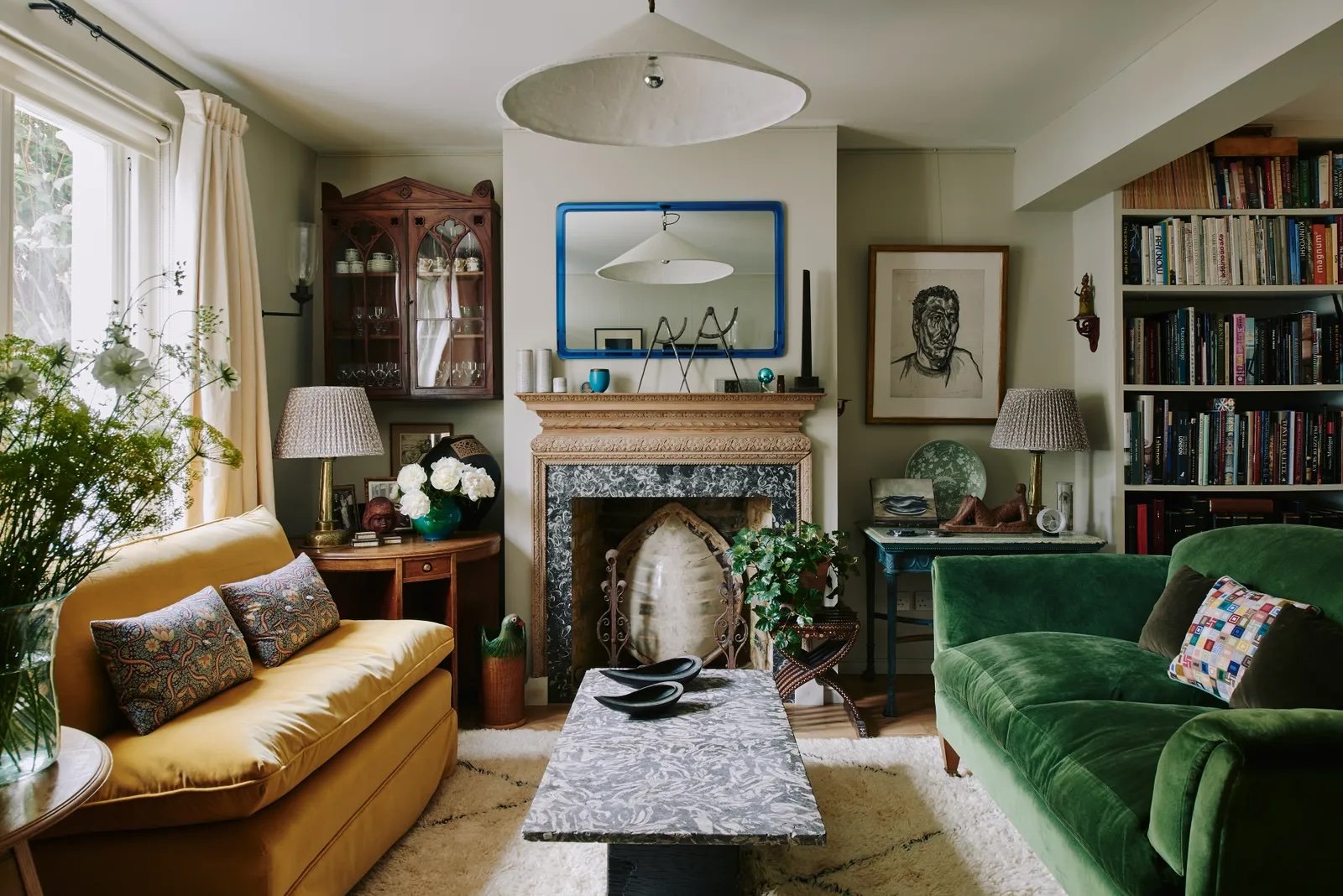Interiors that grow with families
A well-designed home doesn’t simply meet the needs of a family at a single point in time; it evolves with them. Life moves quickly. Children grow, working patterns shift, and new routines settle in. The spaces we inhabit should respond to these changes with ease, supporting the ebb and flow of family life without requiring a full redesign each time.
This is where considered, future-focused design comes into its own. Thoughtful spatial planning, adaptable layouts and enduring materials can transform a house into a home that not only works beautifully today but continues to do so in five, ten, or even twenty years.
1. DESIGNING WITH ADAPTABILITY IN MIND
One of the most valuable conversations I have early in a project is about how a client’s needs might change. A nursery may one day become a study. A spare bedroom might need to flex between workspace, playroom and guest suite. These evolutions are not just possible; they can be designed from the outset.
Through spatial zoning, flexible furniture choices and clever joinery, we can create a sense of built-in adaptability. A dining area might also support remote working. A snug can transition into a teenager’s hangout. The aim is to anticipate these shifts in a quiet, considered way, so that the home naturally accommodates life as it changes.
Photo credit: Photographer Michael Sinclair featured in www.houseandgarden.co.uk
2. furniture and joinery that earn their place
The most enduring spaces are those where every element has been chosen with purpose. I often recommend modular furniture, generous built-in storage and bespoke joinery that can flex with time. A window seat that hides board games today might hold books or craft materials tomorrow. A well-designed alcove can house toys, a reading nook, or a printer, depending on the season of life.
These aren’t design flourishes for their own sake. They are subtle, intelligent responses to the way we actually live, and they create breathing room within a home to grow and shift gracefully.
Photo credit: By Nicola Harding. Photographer Paul Massey, featured in www.houseandgarden.co.uk
3. MATERIALITY THAT STANDS THE TEST OF TIME
When designing family homes, longevity doesn’t mean compromising on beauty. Quite the opposite. Natural materials—solid timber, stone, unlacquered brass, natural linens—develop character over time. They soften, deepen, and age. They tell the story of the lives lived around them.
I always encourage clients to invest in tactile, durable finishes that will stand up to everyday use without losing their charm. A floor that can take muddy boots and racing scooters. A worktop that hosts breakfasts, science projects and candlelit dinners. These materials form the backdrop to daily life, and they become more beautiful because of it.
Photo credit: By Emma Burns. Photographer Mark Anthony Fox, featured in www.houseandgarden.co.uk
4. A recent project: evolving through the years
One client came to me with a young family and a home that needed to work harder. We reimagined the ground floor to create an open-plan space that still allowed for quiet corners and clear zones. What began as a play space became a reading den, and later a space for a digital piano. The guest room was designed with an ensuite that would support visiting grandparents now, and perhaps an au pair or teen retreat in future.
There was nothing ‘temporary’ about these changes. They were built in from the beginning, allowing the home to evolve with ease, without disruption or compromise.
Photo credit: Future Publishing / Talbot Photography featured in www.homesandgardens.com
5. The quiet value of longevity
Designing with longevity in mind doesn’t mean predicting the future—it means allowing space for it. When a home is carefully planned, it can accommodate growth without stress. And when materials are chosen with care, they allow a home to settle into itself with time.
If you are about to embark on a renovation or reconfigure an existing space, I encourage you to think beyond the now. Ask not only what you need today, but what would make your life easier, calmer and more beautiful in the years to come.
Because the best homes are not just well-designed. They are quietly prepared for everything still to come.
Photo credit: By Lucinda Griffith featured in www.houseandgarden.co.uk





